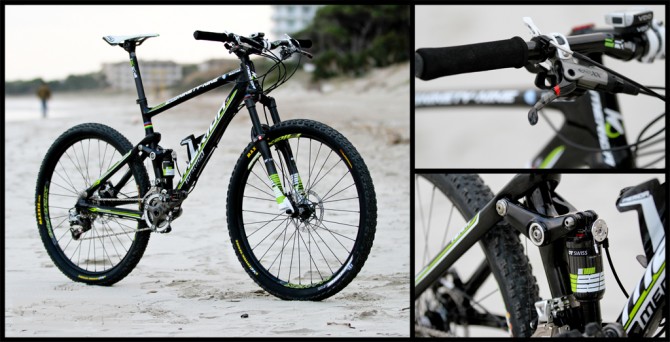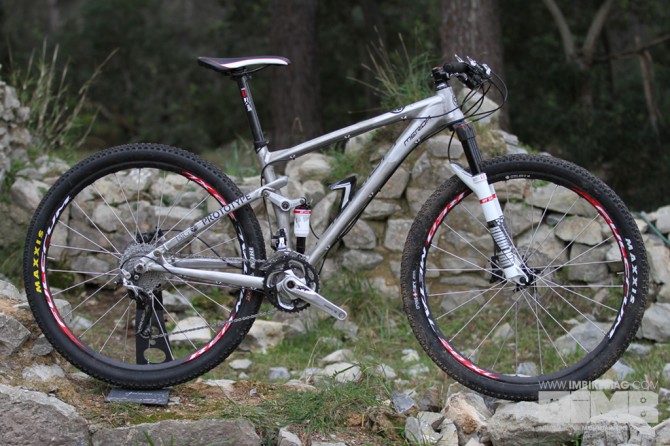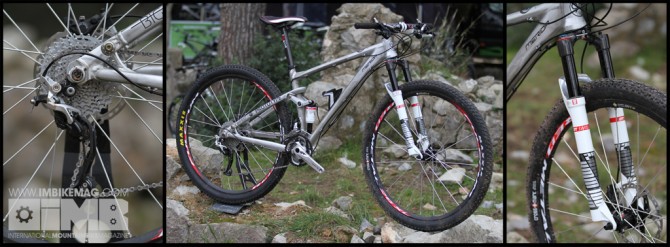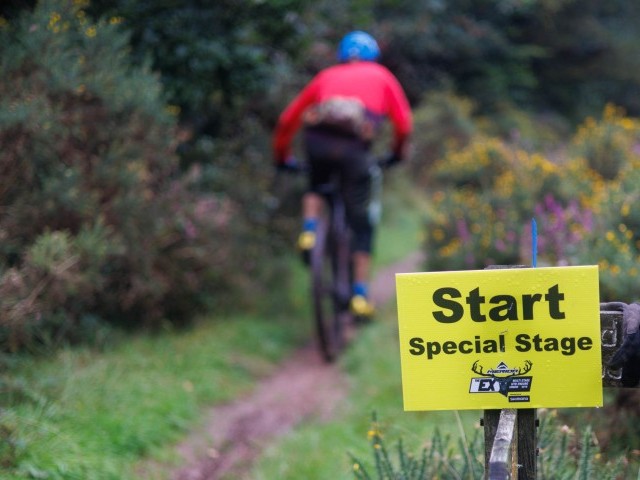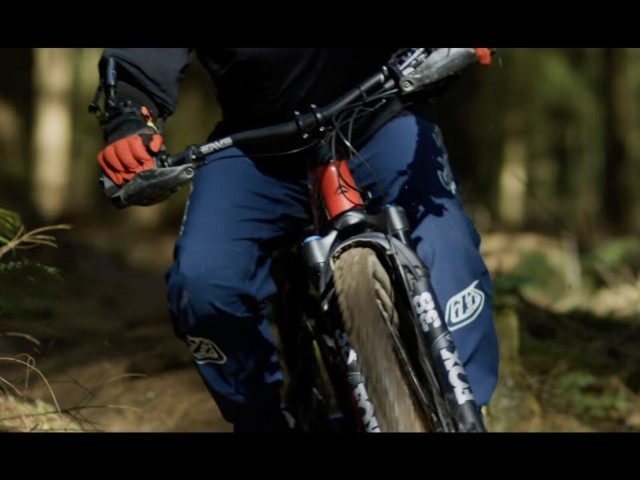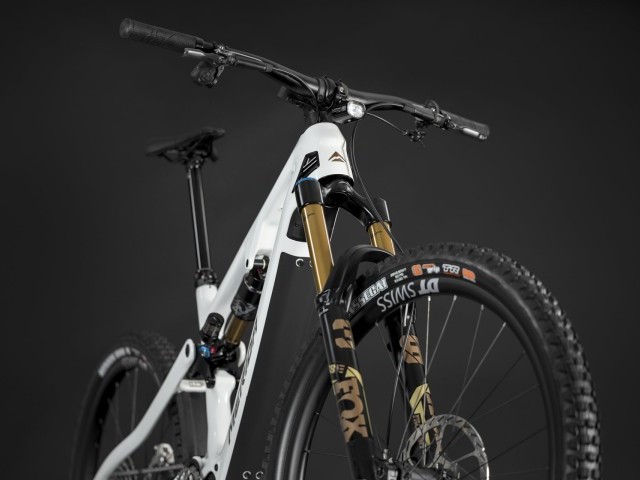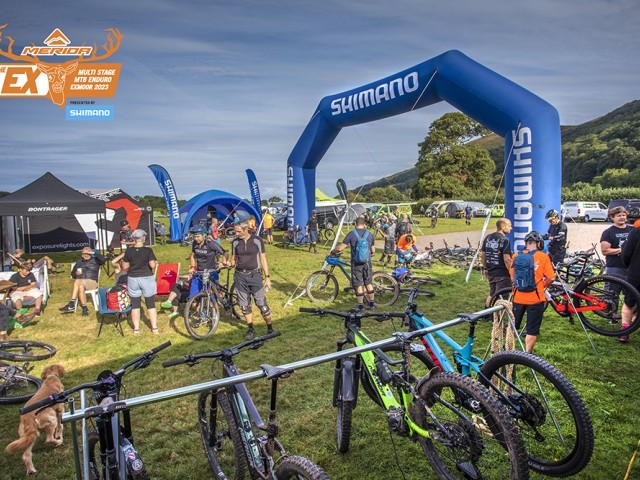Merida Press Camp Part Two – Ninety-Nine Carbon Team-D
Last week we presented you with the Multivan Merida Biking Team. Today we’re going to take a little look at some of the bikes the riders will be using across the various events of this very important year for cross country.
A key part to the success of the Multivan Merida team has got to be the freedom that the team gives it’s riders in terms of bike choice. The bike the individual rider chooses to compete on is completely down to them, be it hardtail, full-sus, 26” wheels or 29” wheels.
Jürgen Falke, Merida’s head of design outlined that this year, the three main targets for the 2012 range of team bikes were to create the lowest possible bike weight, maximum bottom bracket stiffness and making the bikes as comfortable as possible.
The benefits of a light bike are obvious, but what of the other two targets, why are they so important? A stiff bottom bracket makes a bike more pedal efficient, as no energy is lost through frame flex. And whilst rider comfort might not seem like a pressing issue on a race machine, a bike that is more comfortable causes lower muscle fatigue, and is also easier to handle at higher race speeds.
For 2012 gone is the Ninety-Six, and in comes the Ninety-Nine. There’s more to the Ninety-Nine than just an extra 10mm of rear wheel travel. The frame design has undergone a few teaks to make it better suited for 2 x 10 drivetrains, as well as the rear shock moving slightly forwards to provide ‘homogenous kinetics’, essentially ensuring the suspension performs the same on every frame regardless of its size.
The frame has also been given a tapered head tube for improved stiffness as well as to allow for 120mm travel forks on more challenging conditions. Even with these changes the frame of the Ninety still only weighs an impressive 1.7kgs. Falke explained that the main advantage of full suspension bikes is the time they gain in climbing sections, rather than on descents, thanks to the better traction they provide.
While the team will have access to a carbon fibre race version of a 29” wheeled version, the Big Ninety Nine, a production aluminium version is currently in a protoype stage. The feedback given from the team across this reason will help Merida to develop the production model, ready for next year.
Falke believes that 29” wheels are key to the future of mountain biking, offering many benefits over their 26” wheel counterparts. Improvements that 29ers give include: lower rolling resistance, better rolling performance, better traction, more effective climbing capabilities, better handling and a better riding position. But Falke also made the valid point that riders will only reap the rewards of a 29er if the bike is the right size for them. An obvious point to make, but one that is often overlooked in the 26” vs 29” argument.
Changing the wheel size of a bike does come with some difficulties, with bigger wheels creating a longer wheelbase. To counteract this Merida 29” bikes all have shorter chainstays, and if you look on the Big Nine you’ll see the frame has a bend in the seatstay to allow the wheel to be as close to the frame as possible.
Keep an eye on the next part of the Merida Press Camp where we’ll be taking a look at the trail bikes on offer.
Wed 22nd Feb, 2012 @ 1:21 pm


